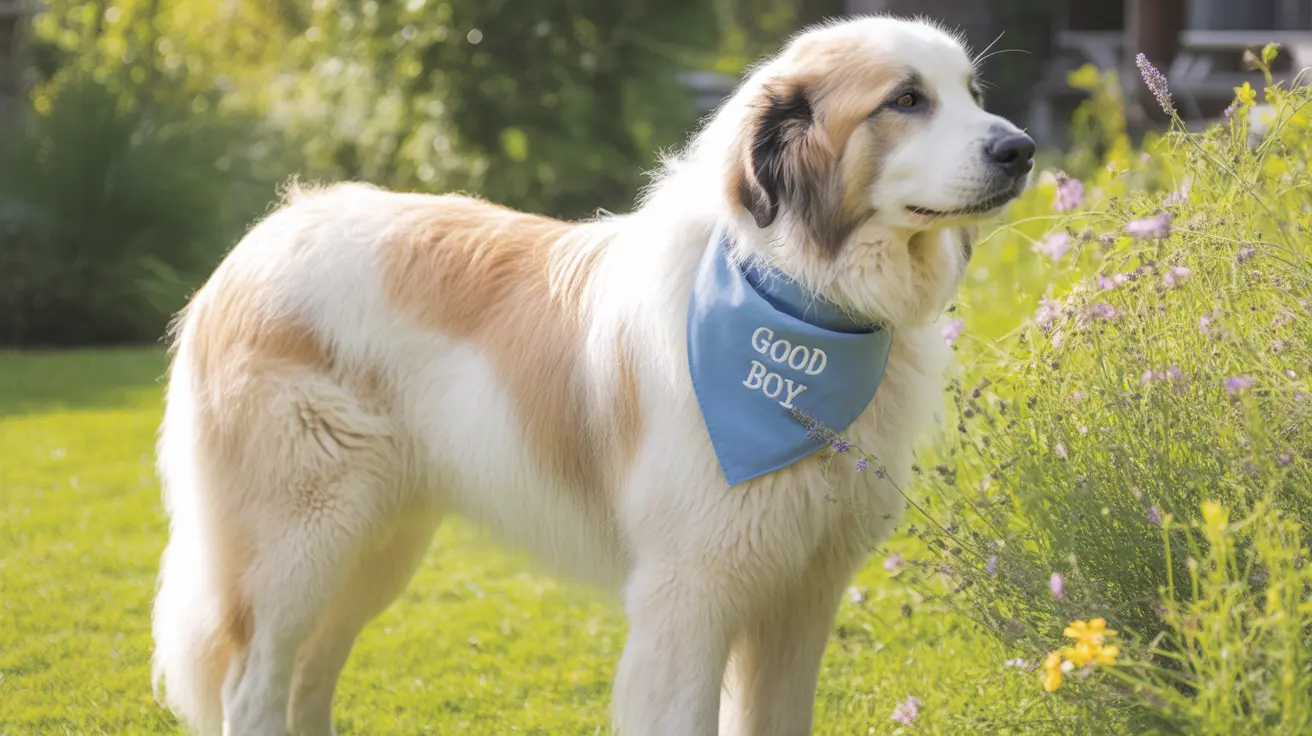Understanding Essential Oils as Flea Treatment
As more pet owners seek natural alternatives to chemical flea treatments, essential oils have gained attention as a potential solution. However, using essential oils for fleas on dogs requires careful consideration and understanding of both the benefits and risks involved.
While some essential oils demonstrate natural flea-repelling properties, their use demands extreme caution due to potential toxicity risks for our canine companions. This comprehensive guide will explore safe practices, potential dangers, and effective methods for using essential oils as part of your dog's flea prevention strategy.
Safe Essential Oils for Flea Prevention
Several essential oils have shown promise in repelling fleas when used properly:
- Lavender oil (when heavily diluted)
- Cedarwood oil
- Lemongrass oil
- Rosemary oil
- Neem oil
However, it's crucial to understand that "natural" doesn't automatically mean safe. Even these relatively safer oils must be properly diluted and used under veterinary guidance.
Proper Dilution and Application Methods
Never apply undiluted essential oils directly to your dog's skin. The proper dilution ratio typically involves:
- 1-2 drops of essential oil per ounce of carrier oil
- Recommended carrier oils include coconut oil, olive oil, or almond oil
- Mix thoroughly before any application
Application methods should be gentle and minimal:
- Spray mixture lightly on coat (avoiding face)
- Apply to bandana or collar
- Use in room diffuser (ensuring dog has escape route)
Essential Oils to Avoid
Several essential oils are extremely toxic to dogs and should never be used for flea control:
- Tea tree oil
- Pennyroyal
- Citrus oils
- Pine oil
- Wintergreen
- Cinnamon oil
- Peppermint oil
Signs of Essential Oil Toxicity
Watch for these warning signs of adverse reactions:
- Lethargy or weakness
- Vomiting or diarrhea
- Difficulty breathing
- Muscle tremors
- Skin irritation
- Pawing at face or mouth
If you notice any of these symptoms, discontinue use immediately and contact your veterinarian.
Alternative Flea Prevention Methods
Consider combining or replacing essential oil treatments with other natural methods:
- Regular bathing with natural dog shampoo
- Frequent vacuuming and washing of bedding
- Diatomaceous earth in outdoor areas
- Natural flea combs
- Veterinary-approved flea preventatives
Frequently Asked Questions
Are essential oils safe for flea control in dogs?
Essential oils can be risky for dogs and should only be used with extreme caution and veterinary guidance. While some oils may help repel fleas, they should never be the primary method of flea control.
How do I safely use essential oils to repel fleas on my dog?
Always dilute essential oils properly with a carrier oil, never apply directly to skin, and consult your veterinarian first. Start with minimal amounts and monitor your dog closely for adverse reactions.
What are the symptoms of essential oil toxicity in dogs, and how can I prevent it?
Symptoms include lethargy, vomiting, breathing difficulties, and skin irritation. Prevent toxicity by using only pet-safe oils, proper dilution, and never applying oils near your dog's face or mouth.
Can I use tea tree oil to treat fleas on my dog?
No, tea tree oil is highly toxic to dogs and should never be used for flea treatment or any other purpose on dogs.
Are there any essential oils that are completely safe for dogs to use for flea prevention?
No essential oils are completely safe for dogs. Even oils considered relatively safer, like lavender or cedarwood, must be properly diluted and used with caution under veterinary supervision.
Conclusion
While essential oils may offer some benefits in flea prevention, they should be used with extreme caution and never as a primary treatment method. Always prioritize your dog's safety by consulting with your veterinarian and considering proven flea prevention alternatives.
Remember that what works for one dog may not work for another, and natural doesn't always mean safe. When in doubt, stick to veterinarian-approved flea treatments that have been thoroughly tested for both safety and efficacy.






